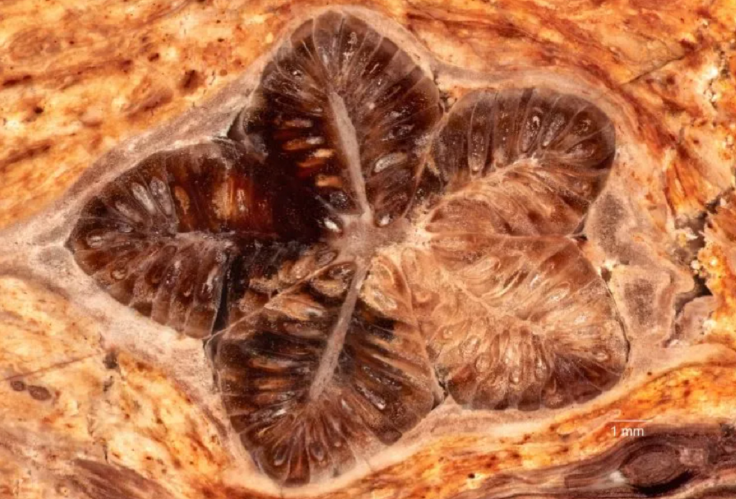Fossils with plants 30 million years old have been found in Australia

The researchers determined that for such remarkable preservation, the plants must have been quickly buried under volcanic material.
In Australia, a study of fossils revealed "beautifully preserved" plants that lived millions of years ago.
The material in which the fossils were found is called silcrete. During the study, the team of scientists wanted to better understand the sites of fossil plants from silcrete in Australia. In particular, their goal was to shed light on how plants were preserved in these places, the author of the study, Andrew Rosefelds, told Newsweek.
The authors of the study concluded that such places usually occur in eastern Australia and are always associated with volcanic materials. Although Australia is now geologically stable, it was not always so. Approximately 40-20 million years ago, there was significant volcanic activity in the eastern parts of this country.
Fossil plants are often flattened and compressed or preserved as impressions. But plants from silcrete sites, which mostly date from about 30-20 million years ago, are preserved in three-dimensional form and are almost not compressed.
The researchers determined that for such remarkable preservation, the plants had to be quickly buried under volcanic material.
That the plants were quickly buried under volcanic material indicates that they were actively growing in their original location at the time. This scenario provides researchers with an opportunity to shed light on the nature of prehistoric plant communities.
"In other areas where plant fossils can accumulate, for example in river deltas, we can never be sure how far these plants were carried and whether they belonged to different types of vegetation," Rosefelds explained.
The excellent preservation of saltcrete fossils allows specialists to compare them with modern plants, identify and understand their evolutionary relationships.
"So well preserved, plant fossils from silcrete provide a completely new understanding of the history of some groups of Australian plants and types of vegetation," the scientist concluded.